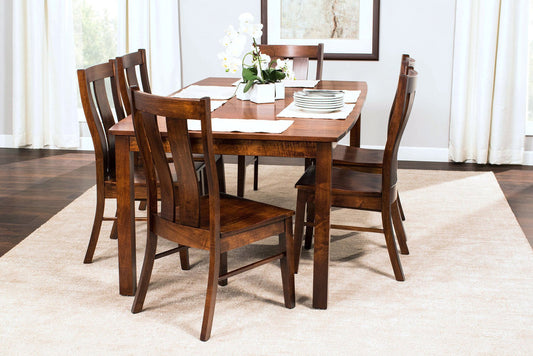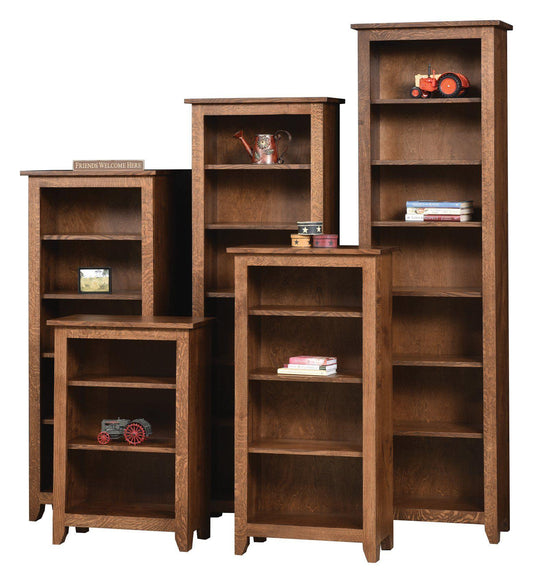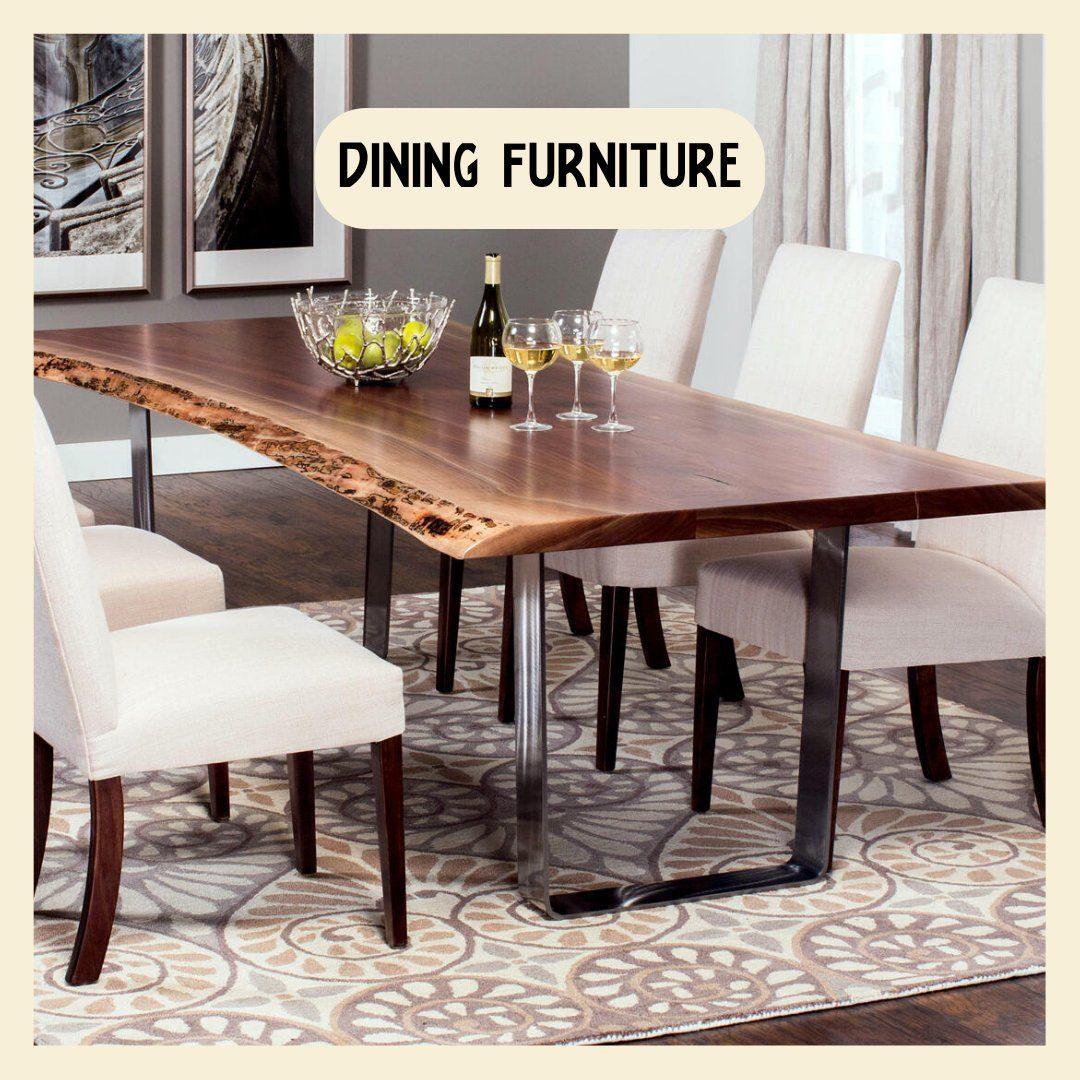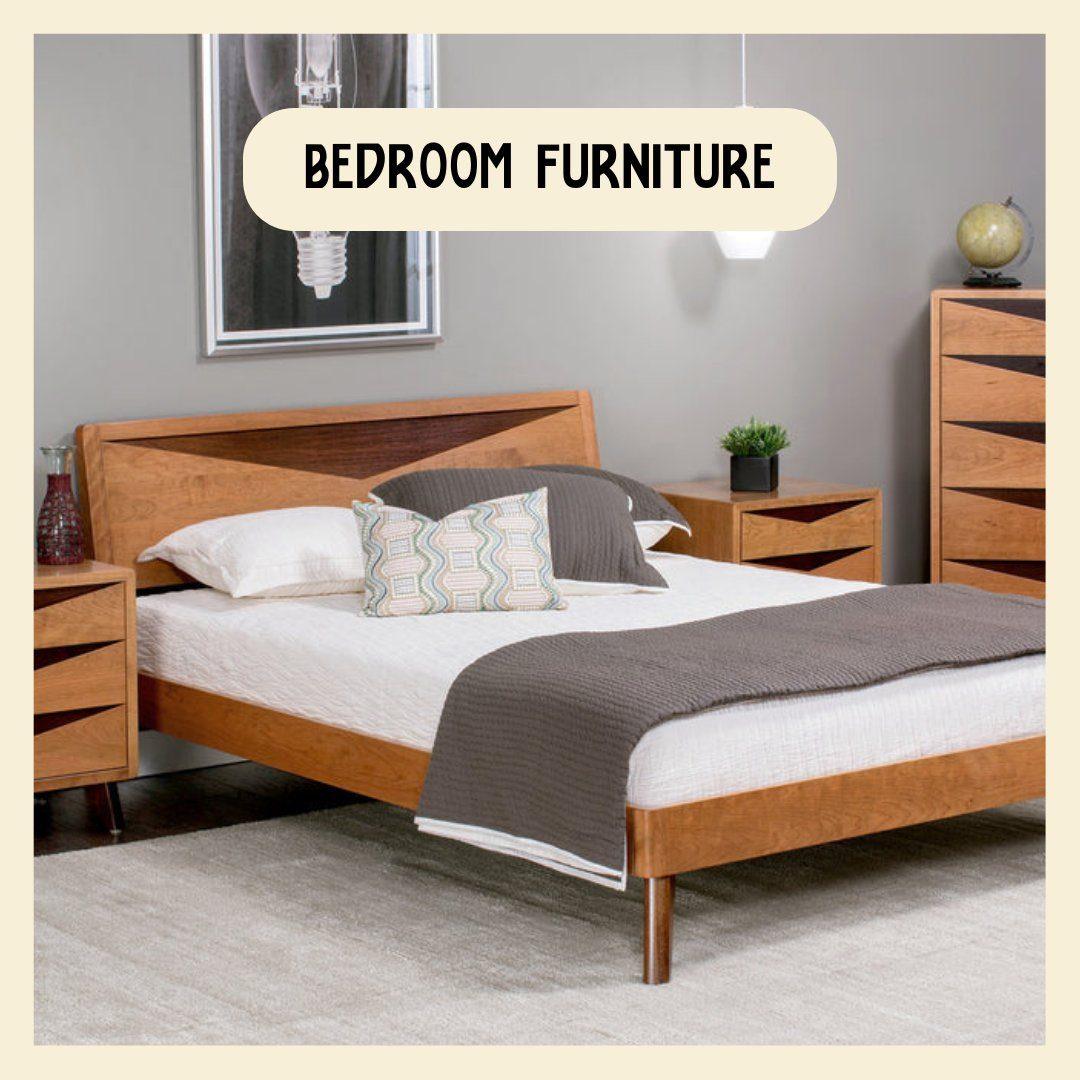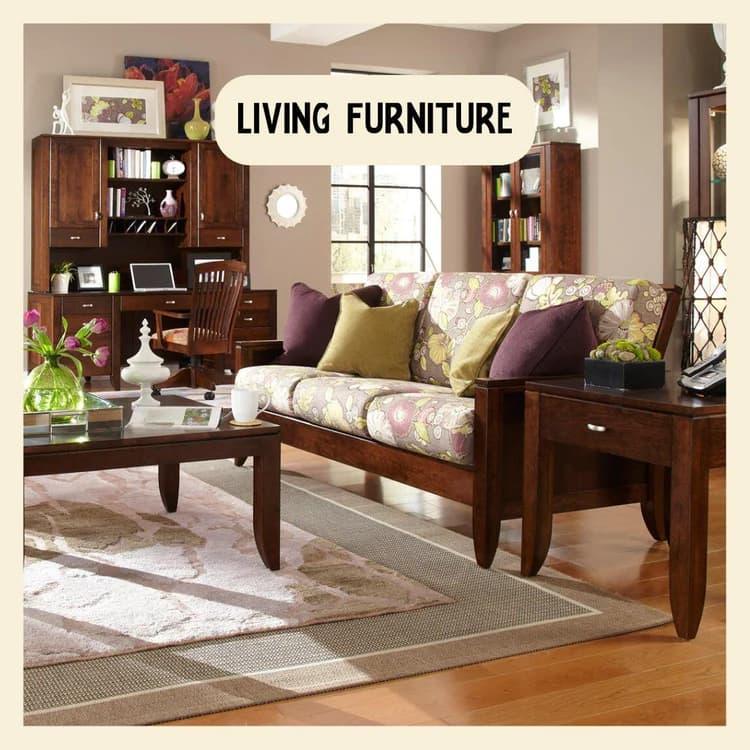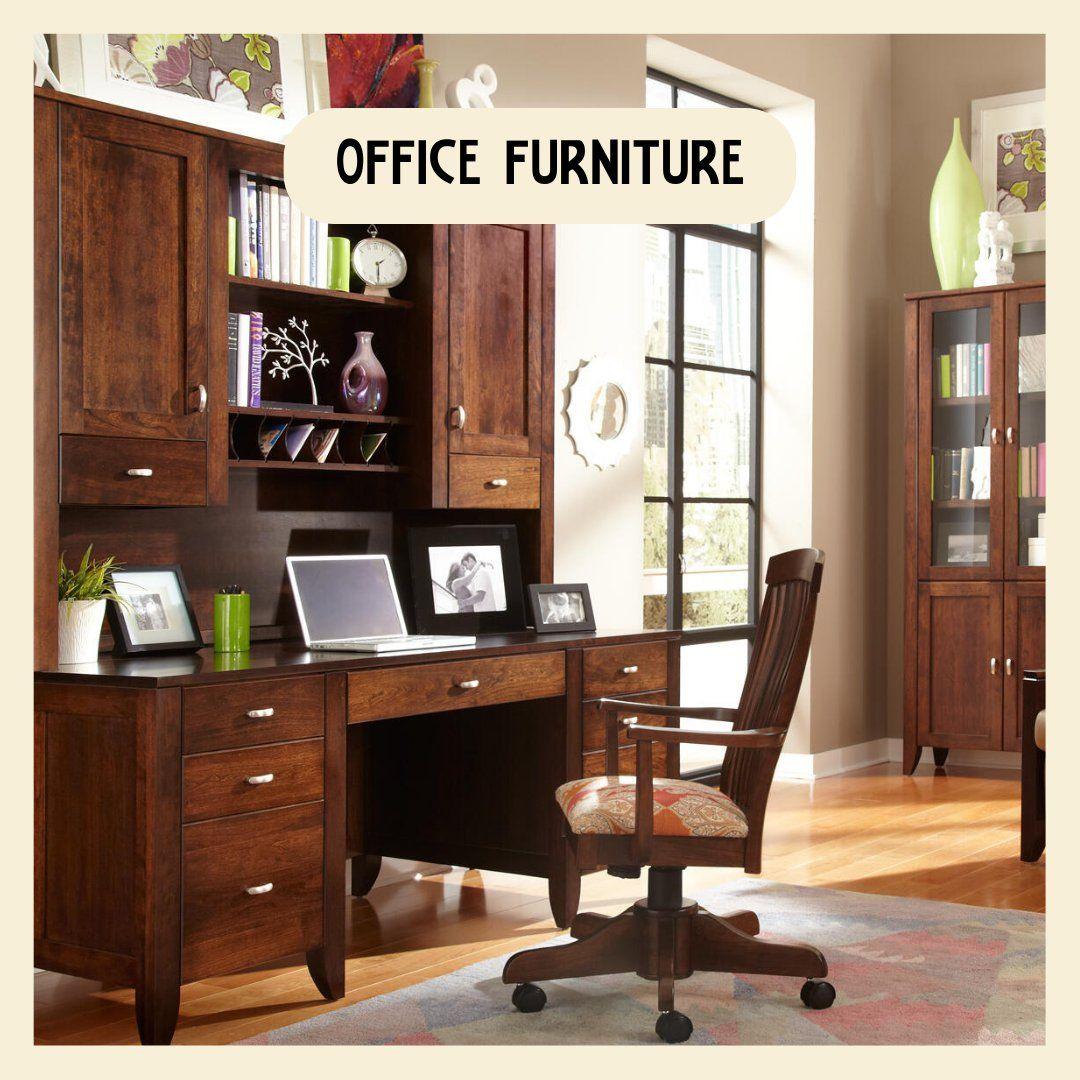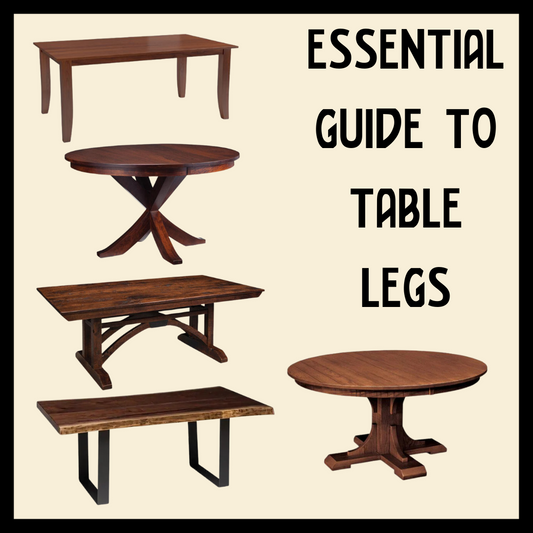The Sustainability of Solid Wood Furniture
Hearing the word sustainability may trigger thoughts about ways to live differently, like putting solar panels up or changing the type of light bulbs used. You may even think about sustainability in terms of the current trend of economic growth. But do you ever think about it in relation to the type of furniture you buy?
While it may not be the first place you consider environmental responsibility, the type of furniture you decide to invest in is impactful. Sure, it may take three IKEA dining table purchases in the course of five years to finally realize why budgeting for one made of solid wood should have been the goal all along, but we all start somewhere.
The above example isn’t unique. Maybe it happens because you’re working too hard for too little money after college. Maybe because you aren’t ready to settle down and buy a house filled with “real” furniture and are content with the put-together-myself-and-ultimately-disposable variety.
But when you are ready, it’s comforting to know there is value, durability and of course, sustainability in solid wood Amish-built furniture. In fact, our builders at Simply Amish are founding members of the Sustainable Furnishings Council!
Sustainable Craftsmanship, Usage, and Delivery
Amish furniture craftsmen are masters at utilizing sustainable and environmentally friendly building practices. They have high conservation standards and harbor a deep respect for the natural materials being used. Located within close proximity to abundant North American hardwood forests, fuel and environmental costs are minimized as Amish craftsman receive their wood only when necessary without the need for storage and warehousing space.
Lumber is never wasted. Whatever wood scraps remain are repurposed in a number of ways.
- Turned into sawdust for livestock bedding
- Used to heat workshops and homes
- Sharing scraps among neighbors for other household or furniture projects
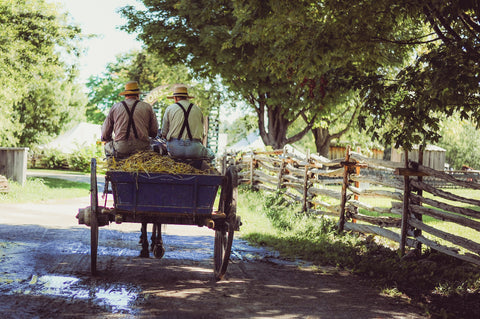
When it comes to shipping to the consumer, deliveries are strategic and coordinated to minimize fuel waste. The furniture is packed with blanket wraps eliminating unnecessary plastic and Styrofoam that will be sent directly to a landfill. Because building and shipping originates within the United States, the excessive burning of fossil fuels from cargo ships carrying pieces across the ocean is eliminated.
Sustainable Forestry Practices
It’s beneficial to know the environmental advantages of buying solid wood products coming from a highly regulated logging industry. Wood is the most environmentally friendly raw material that grows and replenishes itself year after year. As long as we let it.
Premium hardwood furniture maker Gustav Stickley was a pioneer in conservation over 100 years ago when American forests were being cleared at alarming rates. Stickley, Theodore Roosevelt and other early conservationists were instrumental in developing policies to help preserve North America’s natural resources. Today, hardwoods used by Stickley and other reputable solid wood furniture craftsmen are growing faster than they are being harvested thanks to many sustainable forestry practices.

A forest is considered sustainable once it is determined to be viable for generations to come. Before a tree is cut down, another must be already growing to take its place. Logs are pulled out of forests one at a time as they reach their peak. There is no clear-cutting of large swaths of land generating significant erosion. Think of it like weeding a garden. As the logs are harvested one at a time, light shines down into the forest allowing new trees to flourish and grow.
Solid wood furniture makers are also mindful to purchase their wood from lumber companies that implement Best Management Practices - or BMPs. BMPs are a voluntary set of guidelines lumber companies adhere to so that water quality is not compromised as a result of timber harvesting. The aim is to disturb the forest as little as possible while directing water to soil that has not been touched thus preventing erosion.
Built to Last
We’re not talking about five or ten years. We’re talking about generations.
Convenience, ease, and really good look-a-likes have replaced solid wood construction and made it difficult for the consumer to know exactly what they’re buying. It might look like wood, but in most cases it’s not and it won’t last.
Solid wood is extremely resilient and requires little to no maintenance. It can also be refinished again and again - something you cannot do with plastic, veneer or engineered woods.
Because of its value, it is likely to be with you a long time. If it does leave your house, the odds of it being passed to another family member or someone else willing to breathe new life into it through refinishing are far greater than it ending up in a landfill.
Bottom Line
With solid wood, what you see is what you get. It doesn’t fall apart or peel. Wear and tear adds character. It’s durable, renewable and good for the climate as carbon absorbed by a tree over its lifetime is locked in and not released back into the atmosphere as the wood is fashioned into furniture.
Modern Bungalow is here to help with your furniture purchases. Environmentally friendly, sustainable and long-lasting, we are certain you will find something in our selection of solid wood furniture that you can be proud to call your own.


